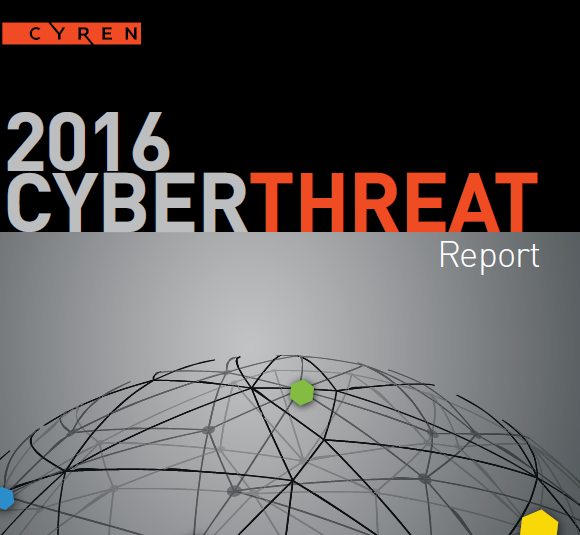Detection is NOT the New Prevention
There is a false perception that sophisticated attacks are too difficult to prevent and the only alternative is detection. But detection is NOT the new prevention. Cybersecurity professionals must make it their mission to STOP attacks, not just become proficient at detecting them.
It’s no secret that cybercriminals are willing to spend a lot of time and money to obtain the information they
desire. And, the risk that these criminals will be caught and convicted is relatively low. Despite well-publicized
botnet takedowns, like that of Darknode last July, researchers estimate that less than 1% of cybercrimes
receive a corresponding conviction. With such low risk and high returns, the difficult truth is that cybercrime
will continue largely unabated, and target organizations — including businesses, consumers, and government
agencies — must improve their protection capabilities.
Some in the cybersecurity industry feel that today’s sophisticated attacks are too difficult to prevent using
traditional human analysis and on-premise appliances. If we follow this chain of reasoning, the only way
to defend against cyberthreats is to detect breaches after the fact. Those of us at CYREN respectfully
disagree. We believe that the solution to the ongoing “protection versus detection” dilemma lies in the
complete automation of the detection framework, incorporating advanced analysis of potential threats to
improve prevention. CYREN is disrupting the threat intelligence market with a new approach that combines
a worldwide, cloud-based platform with mass-scale automated analysis of global data patterns, to deliver
unique zero-day threat prevention. By adopting this model, cybersecurity professionals can more effectively
protect their information, their organization, and most importantly, their customers.
Cloud-based Sandbox Arrays
For businesses, mobile technology and high-utility cloud services (such as software as a service) combine to
create a fluid network perimeter – one that can no longer be protected by simply throwing more people and
resources at the problem. Security professionals must deploy better, smarter, and more nimble solutions.
One such example is the use of massive cloud-based sandbox arrays that harness the power of big data,
global intelligence, automation, and the elastic scale of cloud computing. Because these types of solutions
rely on global cyber intelligence and automate threat analysis on a mass-scale (rather than traditional
human analysis or reactive procedures), users are proactively protected against all types of threats, including
targeted, zero-day, and advanced persistent threats (APTs).
Cyren’s 2016 Annual Cyberthreat Report
In this year’s annual report, CYREN presents a series of notable threats, breaches, and cybercrime statistics
detected by CYREN over the course of the last twelve months. Using the power of automation and big data,
CYREN rapidly identified and mitigated each of these threats, halting significant and powerful breaches with
the potential to do irreparable damage to major global organizations.
The coming years will be critical as companies work to develop better solutions to protect businesses,
governments, and consumers. CYREN is fully committed to leading the way by developing state-of-the-art
automated solutions that leverage the 17 billion pieces of data we gather daily, and the cyber intelligence we
disseminate through 500,000 global points of presence in 200 countries.
Further information and free download of CYREN’s 2016 Cyberthreat Report: here.
